How To Use Your Phone As A Projector?
In today's digital age, our smartphones have become indispensable tools that serve a multitude of functions beyond just making calls and sending texts. One of the more innovative uses of a smartphone is transforming it into a projector. This can be particularly useful for presentations, watching movies, or sharing photos with a group. In this article, we will explore various methods to use your phone as a projector, the necessary equipment, and practical tips to optimize your experience.
Understanding the Basics
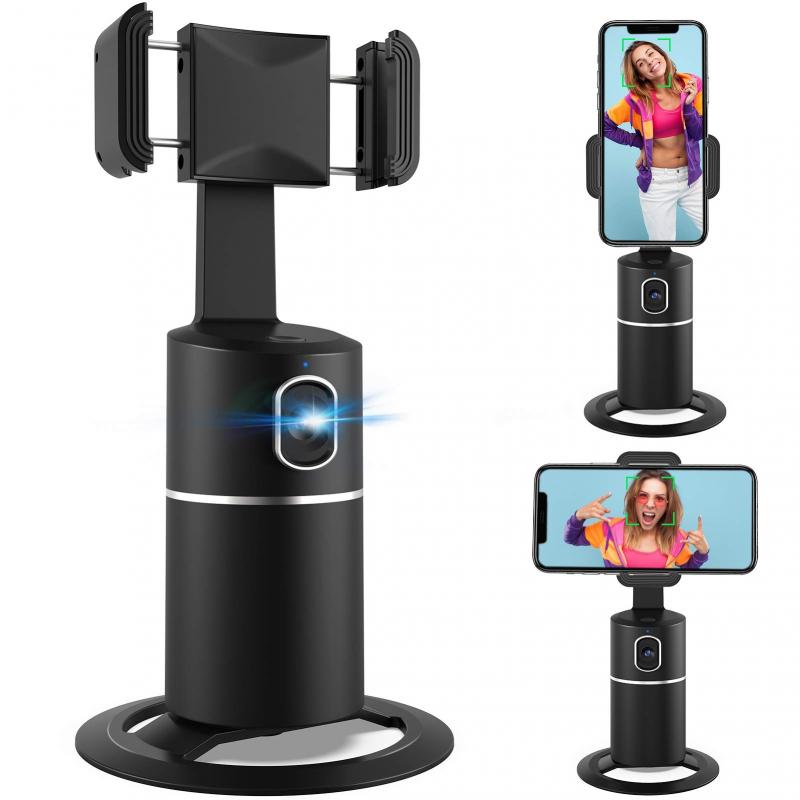
Before diving into the methods, it's essential to understand that using your phone as a projector typically involves either a DIY approach or the use of specialized equipment. The DIY method is cost-effective but may not offer the best quality, while using a mini projector designed for smartphones can provide a more professional and high-quality experience.
Method 1: DIY Smartphone Projector
Materials Needed:
- A shoebox or any sturdy box
- A magnifying glass
- A smartphone
- Black paper or paint
- Tape or glue
- A utility knife or scissors
- A stand or support for your phone
Steps to Create a DIY Projector:
1. Prepare the Box: Paint the inside of the shoebox black to minimize light leakage and improve image quality. Allow it to dry completely.
2. Install the Magnifying Glass: Cut a hole in one end of the box that matches the size of the magnifying glass. Secure the magnifying glass in the hole using tape or glue, ensuring it is firmly in place.
3. Create a Phone Stand: Inside the box, create a stand or support for your phone. This can be done using cardboard or any other sturdy material. The stand should hold your phone in a stable position and allow you to adjust the distance from the magnifying glass.
4. Adjust the Focus: Place your phone on the stand and play a video or display an image. Move the phone back and forth until the image projected through the magnifying glass is in focus. You may need to adjust the brightness and orientation of your phone's screen.
5. Project the Image: Once the focus is set, point the open end of the box towards a blank wall or a white screen. Turn off the lights in the room to enhance the visibility of the projected image.
Tips for Better Quality:
- Use a high-resolution image or video to ensure clarity.
- Ensure the room is as dark as possible.
- Keep the magnifying glass clean and free of smudges.
Method 2: Using a Mini Projector
Types of Mini Projectors:
- Pico Projectors: Small, portable projectors that can easily connect to your smartphone via HDMI, USB, or wireless connections.
- LED Projectors: Slightly larger than pico projectors but offer better brightness and image quality.
Steps to Use a Mini Projector:
1. Choose the Right Projector: Select a mini projector that is compatible with your smartphone. Check for connectivity options like HDMI, USB, or wireless capabilities.
2. Set Up the Projector: Place the projector on a stable surface and connect it to a power source. If using a wireless projector, ensure it is connected to the same Wi-Fi network as your smartphone.
3. Connect Your Smartphone: Depending on the projector, connect your smartphone using an HDMI cable, USB cable, or wirelessly via Bluetooth or Wi-Fi. Some projectors may require a specific app to facilitate the connection.
4. Adjust the Settings: Once connected, adjust the projector's focus, keystone correction, and other settings to optimize the image quality. Most projectors come with a remote control for easy adjustments.
5. Project the Image: Aim the projector at a blank wall or screen and start playing the content on your smartphone. Ensure the room is dimly lit to enhance the projection quality.
Advantages of Using a Mini Projector:
- Portability: Mini projectors are compact and easy to carry, making them ideal for on-the-go presentations or movie nights.
- Image Quality: They offer better brightness and resolution compared to DIY projectors.
- Ease of Use: Simple setup and connectivity options make them user-friendly.
Practical Tips for Optimizing Your Projection Experience
1. Choose the Right Surface: For the best image quality, project onto a smooth, white surface. A dedicated projector screen is ideal, but a blank wall can also work well.
2. Control Ambient Light: The darker the room, the better the projection quality. Close curtains, turn off lights, and minimize any other sources of light.
3. Adjust Your Phone's Settings: Increase the brightness of your phone's screen and ensure it is set to landscape mode for a wider image.
4. Use a Tripod or Stand: If using a mini projector, a tripod or stand can help stabilize the projector and maintain the correct angle and height.
5. Sound Quality: The built-in speakers of mini projectors may not always provide the best sound quality. Consider using external speakers or a Bluetooth sound system for a better audio experience.
Transforming your smartphone into a projector can be a fun and practical way to share content with a larger audience. Whether you opt for a DIY approach or invest in a mini projector, understanding the basics and following the right steps can help you achieve a satisfying projection experience. By choosing the right equipment, optimizing your settings, and controlling your environment, you can enjoy high-quality projections for presentations, movie nights, or any other occasion. Embrace the versatility of your smartphone and explore the possibilities of mobile projection.


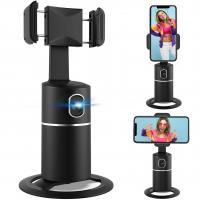
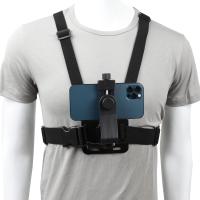

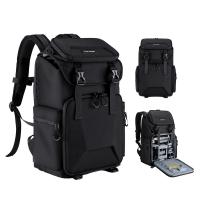
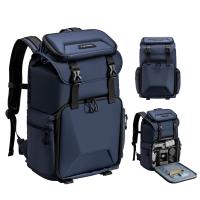




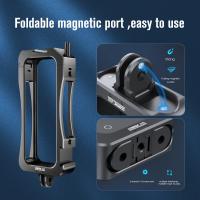


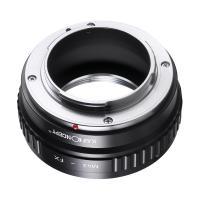
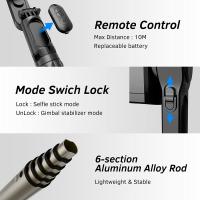
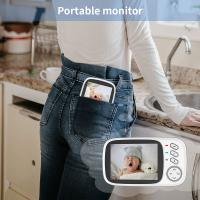
There are no comments for this blog.